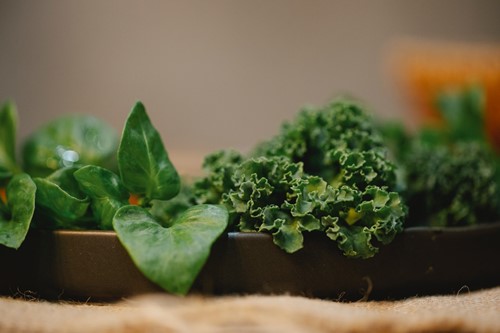
For those who wish to plant a victory garden, container planting might be the best option. Many vegetables and other edible plants grow successfully in containers and may give you the flexibility you need. However, there are some disadvantages to consider, especially when deciding between container gardening or planting directly into the ground. Here we’ll go over some of the pros and cons of container planting for your own victory garden.
Flexibility - The obvious benefit of container gardening is the flexibility it provides. With your plants in containers, you can arrange or move them easily. You can also replace plants entirely without disturbing the rest of the garden. If you move around a lot or are planning to move in the near future, container gardening may feel like a better commitment—after all, you can simply pick up your plants and take them with you.
More Control - With container gardens you have more direct control over each individual plant’s success. You can treat issues individually without risking damage or disturbance to nearby crops. You can even use entirely different soil for plants that need it or even cater to specific lighting and temperature needs. If one plant has a pest problem you won’t have to worry as much about it spreading to the rest of your garden, as well.
Good for All Climates - Container gardening means you don’t have to rely on your local climate being perfect for the plants you want to grow. Because so many vegetables and edible plants can successfully grow indoors, you can have a victory garden virtually anywhere.
Cost - Container gardening can get expensive. Compared to planting things in the ground, there are a lot more potential costs to factor in. Firstly you have to buy containers, and often multiple sets and sizes in order to facilitate comfortable growth for your crops. You also need soil, since you won’t be using what’s naturally occurring outside. Luckily, when it comes to containers there are lots of inexpensive DIY options you can look into.
Water Needs - Container plants are more likely to dry out because they can’t access the naturally occurring moisture in the ground. Without being able to reach the water tables, the soil in containers will dry out completely unless you keep an active watering schedule. If you’re already used to caring for plants, this might not be a huge problem—however, the more plants you have, the more work this becomes.
Lower Yield - Unfortunately, vegetables grown in containers will have a lower crop yield than those grown outdoors in the ground. They will also grow more slowly, potentially making them less viable as a regular food source. Growing edible plants in containers can still be very rewarding but require quite a bit more patience and proper expectations.
Victory gardens are an excellent idea to consider if you are looking for a way to grow your own food. They help the environment by cutting down on transportation costs and emissions, and can also help you lead a healthier life through direct access to fresh produce. There are lots of different ways to plant a victory garden, and using containers, either indoors or outdoors, has both benefits and disadvantages. It’s important to consider your situation carefully and determine what will suit your needs.
